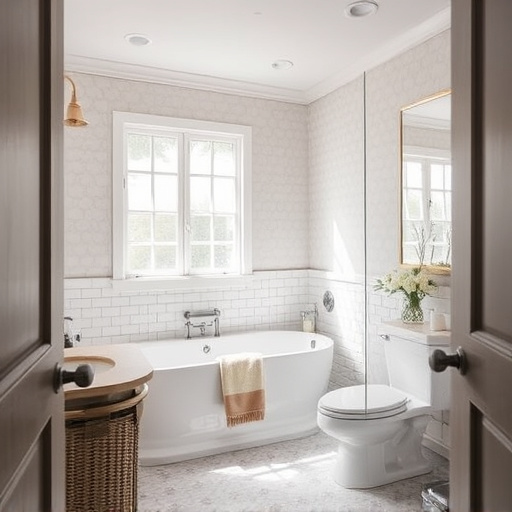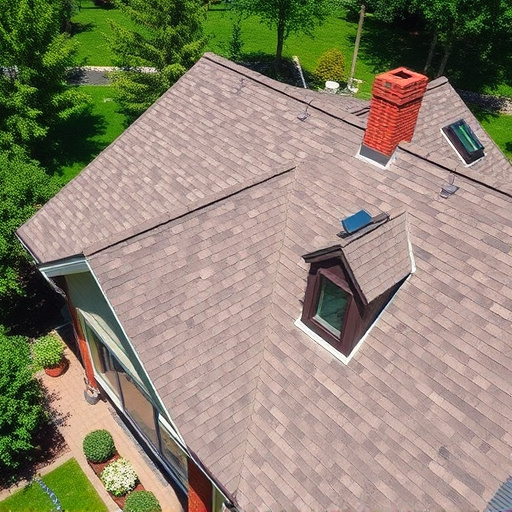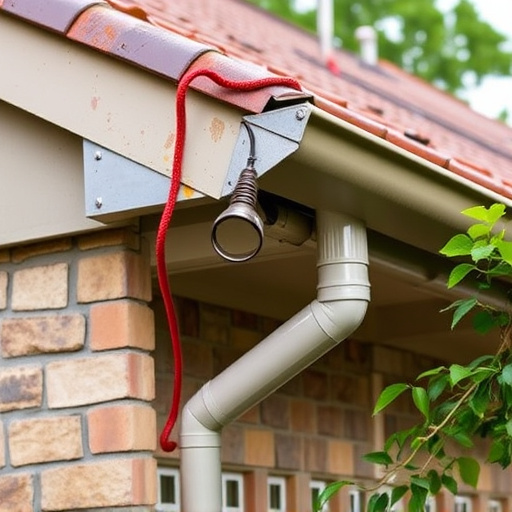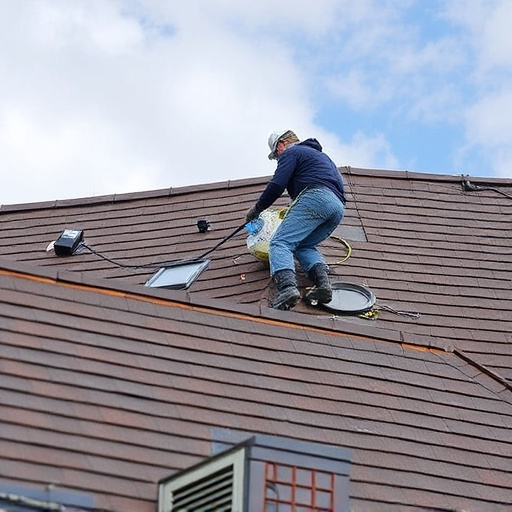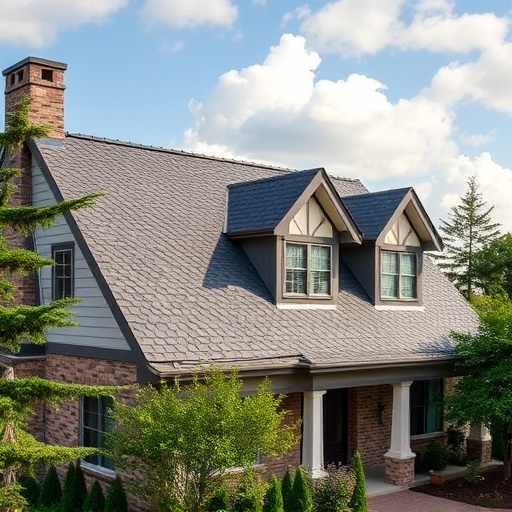When planning a siding install, budget for unexpected costs like repairs due to storm damage, hidden structural issues, and property-specific challenges. Set aside a contingency fund to cover these surprises, ensuring immediate fixes and preventing delays. Consider factors like property size, material choices, accessibility, weather, and unique structural details to accurately budget and set realistic timelines.
Planning for unexpected costs during siding install is crucial to avoid financial surprises. This comprehensive guide walks you through assessing potential expenses, from common variables like material types and site challenges to unique features that can impact your budget. We’ll explore strategic approaches to mitigate these costs, including budgeting essentials, affordable options, and building an emergency fund. Learn how effective communication with contractors, managing change orders, and staying informed about industry trends can help you navigate unexpected expenses seamlessly.
- Assessing Potential Unexpected Expenses in Siding Install
- – Identifying common variables that can impact costs
- – The role of site-specific challenges and unique features
Assessing Potential Unexpected Expenses in Siding Install
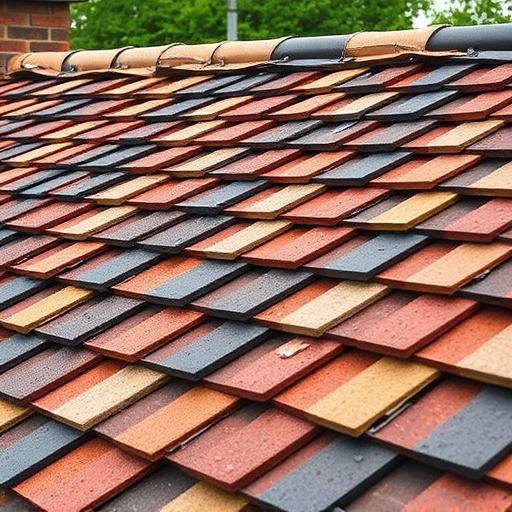
When planning for a siding install, it’s crucial to anticipate potential unexpected expenses that could arise during or after the project. These costs may include repairs related to siding and gutters, as issues with these components can lead to further damage and costly fixes. Storm damage repair is another frequent unforeseen expense; extreme weather conditions can cause extensive damage, requiring immediate attention and additional financial allocation.
Furthermore, consider the possibility of hidden problems with the existing roofing and siding that might only be revealed once the work begins. Structural issues, rot, or damaged underlayment could necessitate repairs or replacements not initially factored into your budget. Therefore, setting aside a contingency fund is vital to ensure you’re prepared for any surprises and can complete the siding install without significant delays.
– Identifying common variables that can impact costs
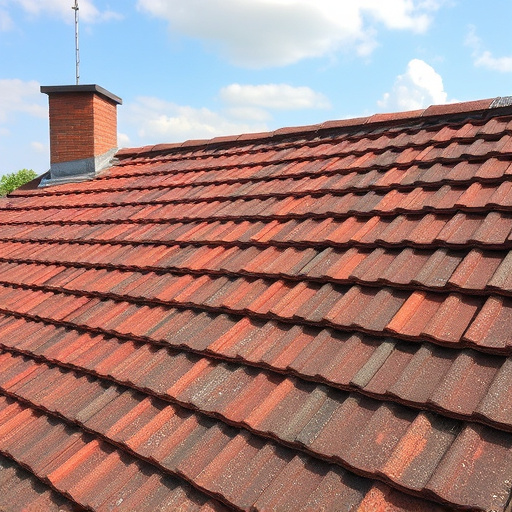
When planning for a siding install, it’s crucial to be aware that several variables can significantly impact the overall cost. These include the size and complexity of your property, the type of siding material chosen, and any existing damage that requires repairs. For instance, a large commercial building with intricate architectural details will likely necessitate specialized commercial siding installations, driving up costs compared to a smaller residential property.
Additionally, factors such as accessibility, weather conditions, and local labor rates can affect pricing. If your property has challenging terrain or is situated in an area prone to extreme weather events, these considerations may add to the expense. Moreover, unexpected issues like damaged or rotten wood during the removal process could require siding repairs, further complicating the project’s budget. Understanding these variables beforehand enables homeowners and businesses alike to allocate adequate funds and choose a suitable timeline for their siding install.
– The role of site-specific challenges and unique features

When planning for unexpected costs in siding install, it’s crucial to account for site-specific challenges and unique features that could arise during the project. Each property has its own set of variables—from the age and condition of existing structures to topographical anomalies or specialized materials required for historical preservation. For instance, a residential siding project might involve intricate details around roof lines, chimneys, or window sills, which necessitate precise measurements and custom solutions. Similarly, commercial roofing installations often deal with larger, more complex layouts that demand scalable, durable materials capable of withstanding heavy traffic and exposure to harsher elements.
Understanding these site-specific challenges upfront allows for better budgeting and resource allocation. It may lead to recommendations for specific products or techniques tailored to the property’s unique needs, ensuring a stronger, longer-lasting siding install despite unforeseen circumstances. Incorporating these considerations into your initial planning stages can help avoid costly delays or additional expenses down the line, whether it involves roof repair, commercial roofing solutions, or specialized residential siding applications.
Planning for unexpected costs during a siding install is key to ensuring a smooth and stress-free process. By understanding common variables, such as material choices and site accessibility, homeowners can accurately budget and avoid financial surprises. Addressing unique features or challenges specific to the property guarantees that every aspect of the project is accounted for, ultimately leading to a successful siding installation.



